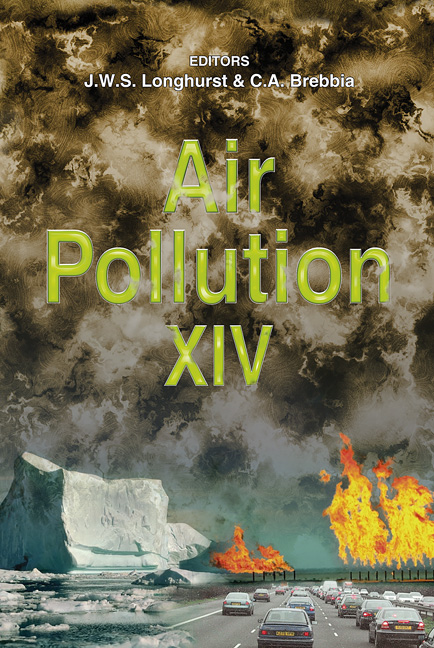Analysis Of The Natural Radon Progeny Contribution To Radioactive Aerosol Monitoring In The Automatic Spanish Surveillance Network
Price
Free (open access)
Transaction
Volume
86
Pages
10
Published
2006
Size
1078 kb
Paper DOI
10.2495/AIR060531
Copyright
WIT Press
Author(s)
D. Arnold, A. Vargas, G. Cortés & X. Ortega
Abstract
Continuous monitoring of radioactive pollutants in the air is provided by environmental radiological surveillance networks. In Spain, continuous and automatic control is carried out by the REA network, which comprises a set of 25 automatic stations. Most of these stations are run together with meteorological stations, belonging to the Spanish Meteorological Institute. The monitor for measuring the artificial radioactive aerosol concentration is the BAI 9850 from Berthold Company. An important contribution to the uncertainty of its measurements is due to natural air radioactivity, mainly from radon progeny. A statistical study using the data from the REA and the INM radiological and meteorological stations has been carried out in order to characterize the natural radioactivity at each station and to improve the quality of the artificial radioactivity air concentration measurements. This study shows that natural radioactivity concentration varies both daily and seasonally, and is significantly correlated to meteorological parameters and the geological properties of station surroundings. Radon progeny concentration commonly shows a daily cycle with a maximum in the early morning and a minimum in the afternoon, according to the behaviour of meteorological parameters. However, at a station situated at a higher altitude, the radon progeny pattern is completely different, due to the evolution of the planetary boundary layer above this complex terrain. Stations have been classified into coastal, inland and mountain according to the behaviour of the natural radioactivity at each location. A representative station from each category has been selected and a simulation study is being carried out using the MM5 code coupled with the atmospheric transport code FLEXPART. Keywords: radon, radioactive pollutants, radiological surveillance.
Keywords
radon, radioactive pollutants, radiological surveillance.





